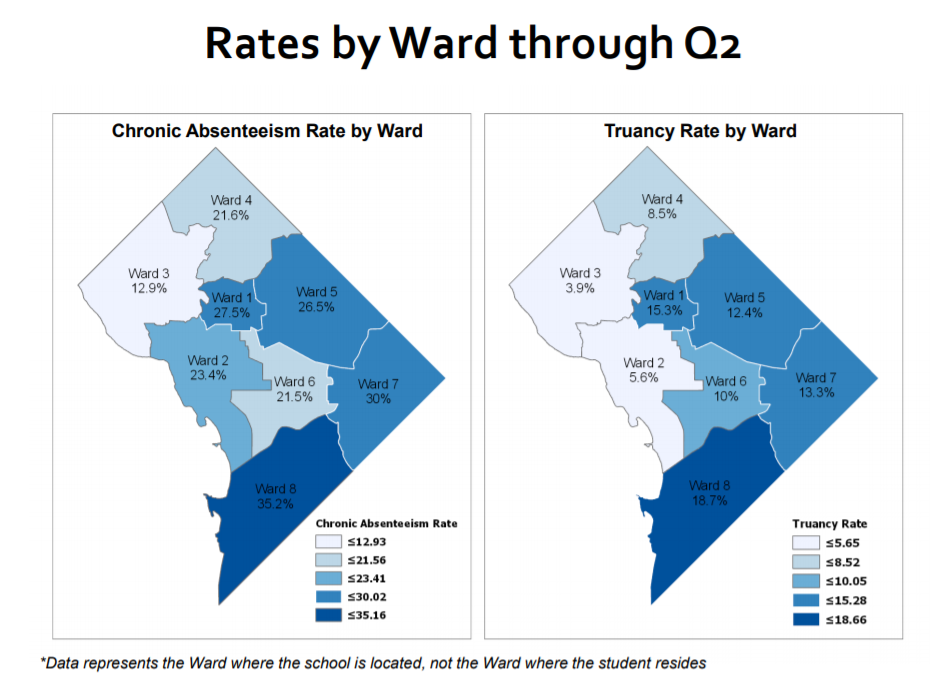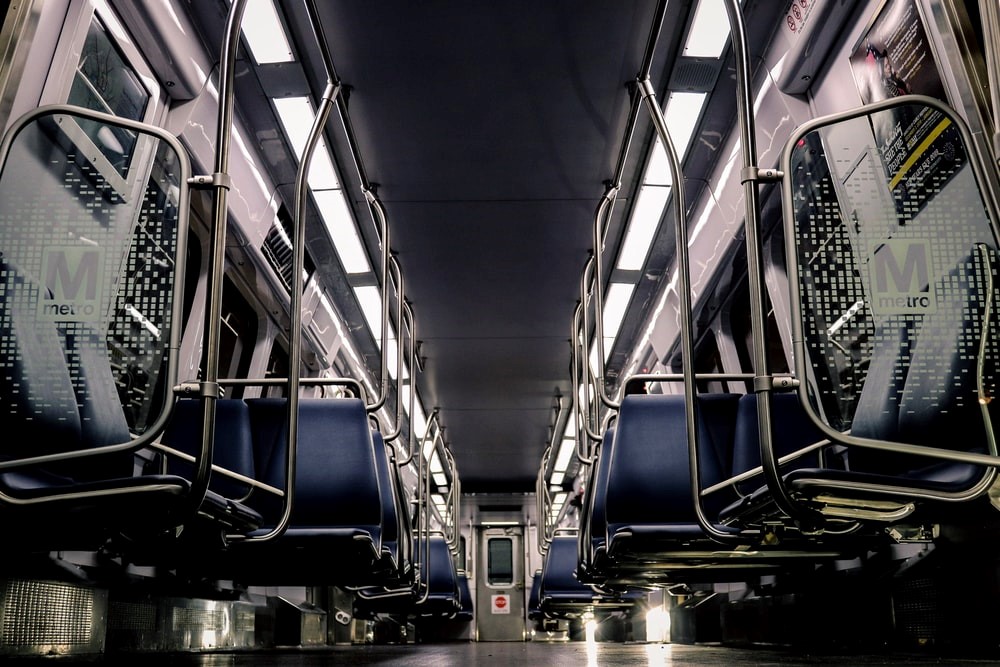We have all heard the old adage that “education is the great equalizer” in our society. The idea is that access to education grants opportunity to marginalized people. Specifically, academics have found that a more educated person is better equipped for economic success, participatory democracy, and social mobility than their less educated counterpart. Their credentials and developed skillset then allow the educated to “move up” in society. This theoretically rebalances systemic social inequality.[1] There are, however, numerous assumptions in this line of thought. For example, it assumes that disadvantaged students are taught effectively and are properly supported to promote focus and achievement. It also assumes that all students have equal access to education in the first place.
This question of access is fundamental since, clearly, students can’t benefit from formal education if they can’t experience the classroom. We much answer several questions before we resolve these access problems:
- What prevents marginalized communities from accessing education?
- What is the effect of inaccessible education and how do we measure it?
- And, finally, what can be done to promote access?
Let’s take D.C. as our case study.

The D.C. Case Study
In D.C., one factor preventing access is community and individual trauma. Take for example the shootings of DC students Zaire Kelly, Paris Brown, Tyshon Perry, and Jaylyn Wheeler.[2] In the aftermath of tragedies like these, school communities struggle to feel safe, secure, and comfortable during their commutes. This fear leads to higher rates of delinquency, truancy, and chronic absenteeism, which we see in the D.C. case. In the second quarter of the 2018-2019 school year, the DC government’s Everyday Counts Data Committee placed chronic absenteeism at 25.24%. This is significantly higher than the national average of 16%.[3] Chronic absenteeism alone leads to educational decline, lower graduation rates, higher chances of unemployment, and health risk behaviors.[4] Overall, this means that unsafe commutes are making education inaccessible for D.C. students. Our school community is therefore not benefiting from education’s equalizing potential.

Fortunately, the D.C. government has introduced numerous successful strategies to combat this Safe Passage problem. For example, their Every Day Counts Initiative promotes and studies data-driven solutions to absenteeism.[5] They compile their crime trend data and support resources into an interactive Safe Passage mapping tool, allowing families to plan safe routes.[6] The Kids Ride Free program provides all students age five to 21 with free, unlimited access to all bus and metro systems throughout the city. This empowers them to visit museums, attend after school events and activities, and commute to school safely and quickly.[7] D.C. also created Show Up Stand Out, a free program that provides direct, personalized support for families struggling with school attendance.[8]

Go Together’s Role in Safe Passage
We here are Go Together are yet another partner in Mayor Bowser’s efforts to promote safe passage. We believe that education is a major gateway to social equity and mobility for marginalized communities. In promoting safe passage, we ensure that all people, regardless of status, reap the benefits of a robust public education system. The path to a productive and equitable society is clear, and it begins with us. Join us in our mission to create a safe, fair, and just society.
[1] Growe and Montgomery, 2003, p. 23-24
[2] Hermann, “D.C. teen shot”; We Are Pathways. 2020. ; Stein, ‘It makes me”
[3] “Everyday Counts Data” and Chronic Absenteeism in the Nation’s Schools
[4] Gottfried, 53-55
[5] Every Day Counts! One-Pager – English
[6] “DME Safe Passage Interactive Mapping App”
[7] Kids Ride Free Program, 2020
[8] Show Up Stand Out, 2020
Works Cited
Chronic Absenteeism in the Nation’s Schools, Jan. 2019, www2.ed.gov/datastory/chronicabsenteeism.html.
“DME Safe Passage Interactive Mapping App.” Deputy Mayor for Education, Deputy Mayor for Education’s Office, 2019, dcgis.maps.arcgis.com/apps/webappviewer/index.html?id=c2cd40e6008d4b04a3a4fc8713b55c3e.
“Every Day Counts Data Committee 2018-2019 2nd Advisory Period Submitted 3-21-2019.” Everyday Counts, 21 Mar. 2019.
Every Day Counts! One-Page – English, Office of the Deputy Mayor for Education, 2018, attendance.dc.gov/sites/default/files/dc/sites/attendance/publication/attachments/DME-EDC-OnePager.pdf.
Gottfried, Michael A. “Chronic Absenteeism and Its Effects on Students Academic and Socioemotional Outcomes.” Journal of Education for Students Placed at Risk (JESPAR), vol. 19, no. 2, 6 Nov. 2014, pp. 53–75, doi: https://doi.org/10.1080/10824669.2014.962696.
Growe, Roslin and Montgomery, Paula S. “Educational Equity in America: Is Education the Great Equalizer?” The Professional Educator, vol. 25, no. 2, Spring 2003, pp. 23-29.
Hermann, Peter. “D.C. Teen Shot during Attempted Robbery Fought Back, Police Said. Both He and His Assailant Were Killed.” The Washington Post, 21 Sept. 2017, www.washingtonpost.com/local/public-safety/man-stabbed-in-brentwood-neighborhood-has-died-dc-police-say/2017/09/21/27aefa06-9ebf-11e7-9083-fbfddf6804c2_story.html
Kids Ride Free Program, 2020, ddot.dc.gov/page/kids-ride-free-program.
Show Up Stand Out, 2020, www.showupstandout.org/.
Stein, Perry. “’It Makes Me Angry’: After Deaths of Classmates, D.C. Students Say They Feel Unsafe on Their Daily Commutes.” The Washington Post, 6 July 2019, www.washingtonpost.com/local/education/it-makes-me-angry-for-dc-students-safe-passage-to-school-can-prove-elusive/2019/07/06/998e09b0-8b8e-11e9-adf3-f70f78c156e8_story.html.
We Are Pathways. 2020, www.pathways2power.org/.



